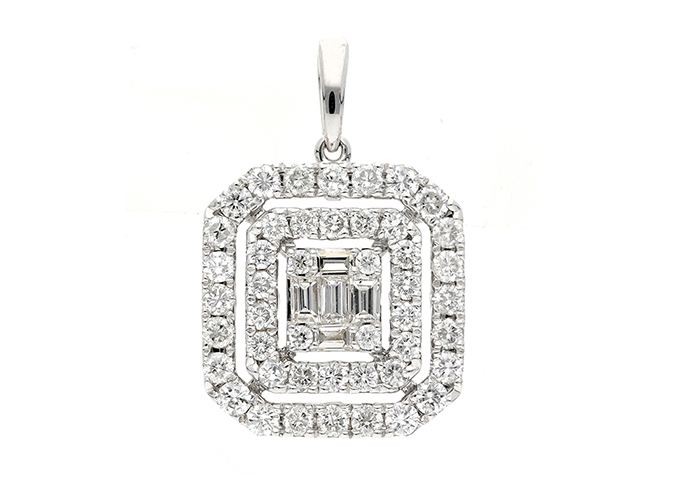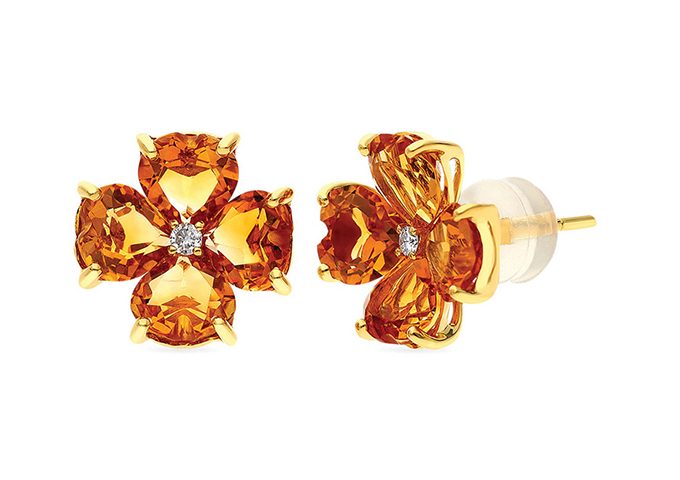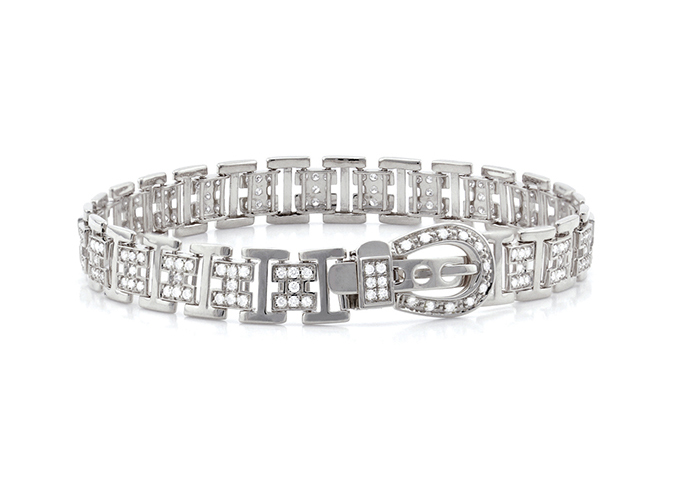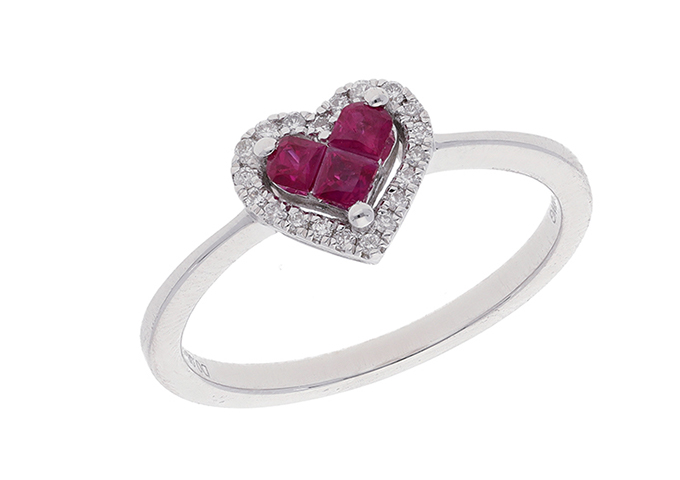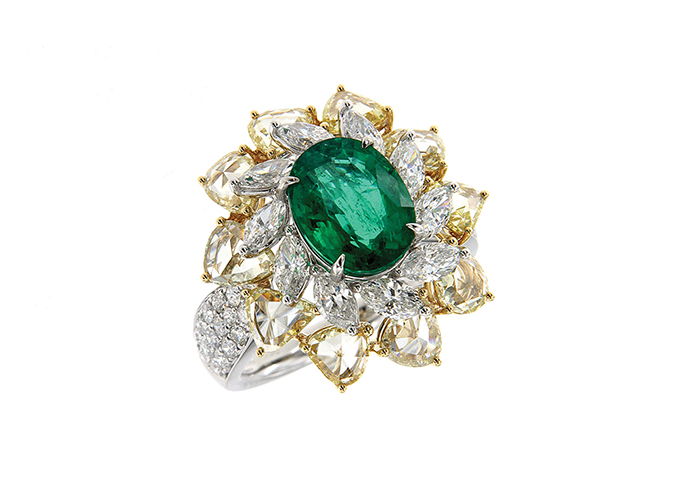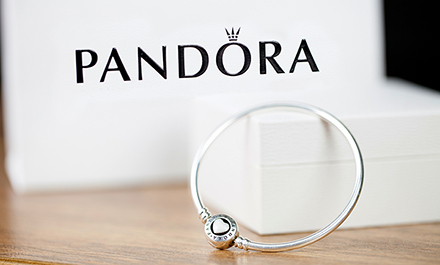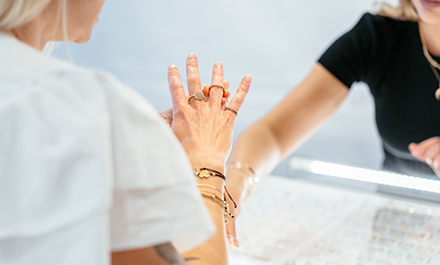Sanjay Kothari, vice chairman of KGK Group, sees manifold growth opportunities in the post-lockdown jewellery industry as consumer habits and preferences evolve and digitalisation reshapes the business landscape.
This article first appeared in the JNA September/ October 2022 issue.
With a vertically integrated business spanning from mines to retail, KGK Group has its finger on the pulse of the gem and jewellery industry. For more than a century, the family-owned conglomerate has amassed experience and expertise across markets and sectors of the jewellery trade, with substantial interests in mining, gemstone and diamond manufacturing, jewellery production and retail brands.
A firm believer in innovation and business agility, the group handled geopolitical and socioeconomic upheavals over the years with aplomb, rising to new heights after every challenge. As the Covid-19 pandemic abates, KGK Group Vice Chairman Sanjay Kothari shares with JNA his views on business in a post-lockdown world.
JNA: How has KGK Group fared this year?
Sanjay Kothari: Covid-19 had a universally damaging impact, causing huge disruptions and affecting most industries. While severely hit by the pandemic and its attendant restrictions, the gem and jewellery sector is renowned for its resilience. The market is already on the path to robust recovery this year. Sales are expected to return to pre-Covid levels, increasing by 15 to 20 per cent over 2021. After two years of anxiety and challenges, consumers now want to spend and invest in jewellery for their own wellbeing and happiness as they seek to live large following pandemic-related confinements. The industry is also reinventing itself to achieve maximum growth and sustainability.
JNA: Did the company achieve any milestones during the Covid-19 pandemic?
Kothari: KGK performed exceptionally well in terms of exports in the last few years. The gemstones and jewellery pieces we manufacture are of the highest quality and enjoy global recognition.
Our exports growth can be attributed to several dynamics, foremost of which is our vertically integrated production. As a mines-to-brands player, we can ensure the utmost quality of our products at every stage of production and distribution. We have also created an efficient platform to showcase our products and reach potential markets and clients.
In addition, the pandemic taught us the importance of digitalisation in business strategies. KGK has collaborated with established online platforms such as Alibaba, JD Central, 1st Dibs, Buzz Bees, Taobao, Live.com and James Allen, among others, to live up to its promise of providing the best quality and value to its customers and to also enhance its online sales across the board for both B2B and B2C models. Our in-house online trading platform, KGK.CC, is another valuable tool we use to explore the global market.
Also of significance is the continued expansion of our production facilities. KGK Group opened a cutting-edge diamond manufacturing unit in Saurimo, Angola on August 27, 2021. The factory was inaugurated by His Excellency President João Lourenço, Honorable President of Angola, in the presence of industry peers and patrons.
JNA: How has the gem and jewellery business changed post-lockdown?
Kothari: Digitisation is the new normal. With the digital world taking the lead in recent years, we now witness a sudden shift where consumers are open to spending more time on their digital purchases. Customers have learned to use digital mediums judiciously to their advantage and are more inclined to research on products before purchasing them from the offline store or the e-commerce platform. At KGK, digitisation is gaining steady momentum as we proactively work towards increasing resilience and safeguarding productivity with a holistic approach.
JNA: What jewellery demand trends have you noticed of late?
Kothari: These days, consumers prefer lightweight, affordable and designer jewellery that are fashionable and wearable, items they would not keep locked up in coffers. Well-designed yet affordable jewellery is much sought after worldwide. KGK is uniquely positioned to cater to ever-evolving market preferences due to our established production and distribution system. Our advanced manufacturing technology enables us to efficiently supply the market with an expansive range of gems and jewellery as well as offer bespoke products to our customers.
JNA: Is the jewellery retail experience changing as well?
Kothari: Jewellery is a personal and symbolic purchase. Consumers today expect the experience to be as expansive, authentic and multidimensional as possible. Jewellers recognise this increasingly important requirement and thus place greater emphasis on digital storytelling, which helps consumers connect with individual jewellery pieces often leading to high-value purchases. With the explosion of e-commerce and technological advancements, brands are capturing online jewellery sales, and new opportunities are emerging for the industry.
JNA: What challenges lie ahead?
Kothari: The economic impact of the pandemic has been devastating, due to adverse trading conditions, reduced customer activity and enormous stress on supply chains. At KGK, we created a B2B online platform where we showcase a wide range of products and reach out to potential clients. This enabled us to sustain business despite travel restrictions that were in place for nearly a year. The portal allowed us to provide high-quality products and value to our customers and enhance our online B2B sales by facilitating hassle-free transactions.
The coloured gem sector likewise faces a longstanding issue that remains to be addressed – the absence of a centralised authority to govern the sourcing and pricing of coloured gemstones. KGK has developed an in-house coding system to classify coloured gemstones as accurately and effectively as systems that are in place for diamonds. We invested US$50,000 in XRF (X-ray fluorescence) machinery to analyse the purity, authenticity and metal thickness of precious gemstones. This move generated substantial results by improving our ability to meet client requirements.
JNA: What growth opportunities are emerging in the gems and jewellery market?
Kothari: The industry is already in a digital-first mindset and we at KGK understand the value of bespoke social media content. We are developing a social-first approach as it is one of the most effective strategies in increasing brand awareness and reaching new audiences.
Also, with gender fluidity gaining prominence in society nowadays, boundaries are being transcended in jewellery trends. While men’s jewellery is an established category, more unisex pieces are coming to the fore. At KGK, we focus on adapting to evolving social norms and creating collections that are contemporary, cool and unisex.
Consumer habits are changing too. Instead of purchasing jewellery for special occasions, people of all genders buy pieces for themselves when they please. Buyers today eschew labels and classifications. This presents an opportunity for us to provide products of all types for different individuals, relationships and occasions.
JNA: What is your outlook for 2023 and beyond?
Kothari: The future looks promising. The gem and jewellery industry was once fragmented, with buyers generally purchasing from their standard jewellers. The industry has since undergone major operational changes. More jewellers are moving up the value chain with a greater emphasis on branded jewellery. Buyers’ mindsets have also changed for the better, with consumers being more knowledgeable and discerning about their purchases. Jewellery has come a long way, from being seen as a mere investment to becoming a precious item of dignity and personal appreciation. The market has evolved substantially and will continue to do so.





